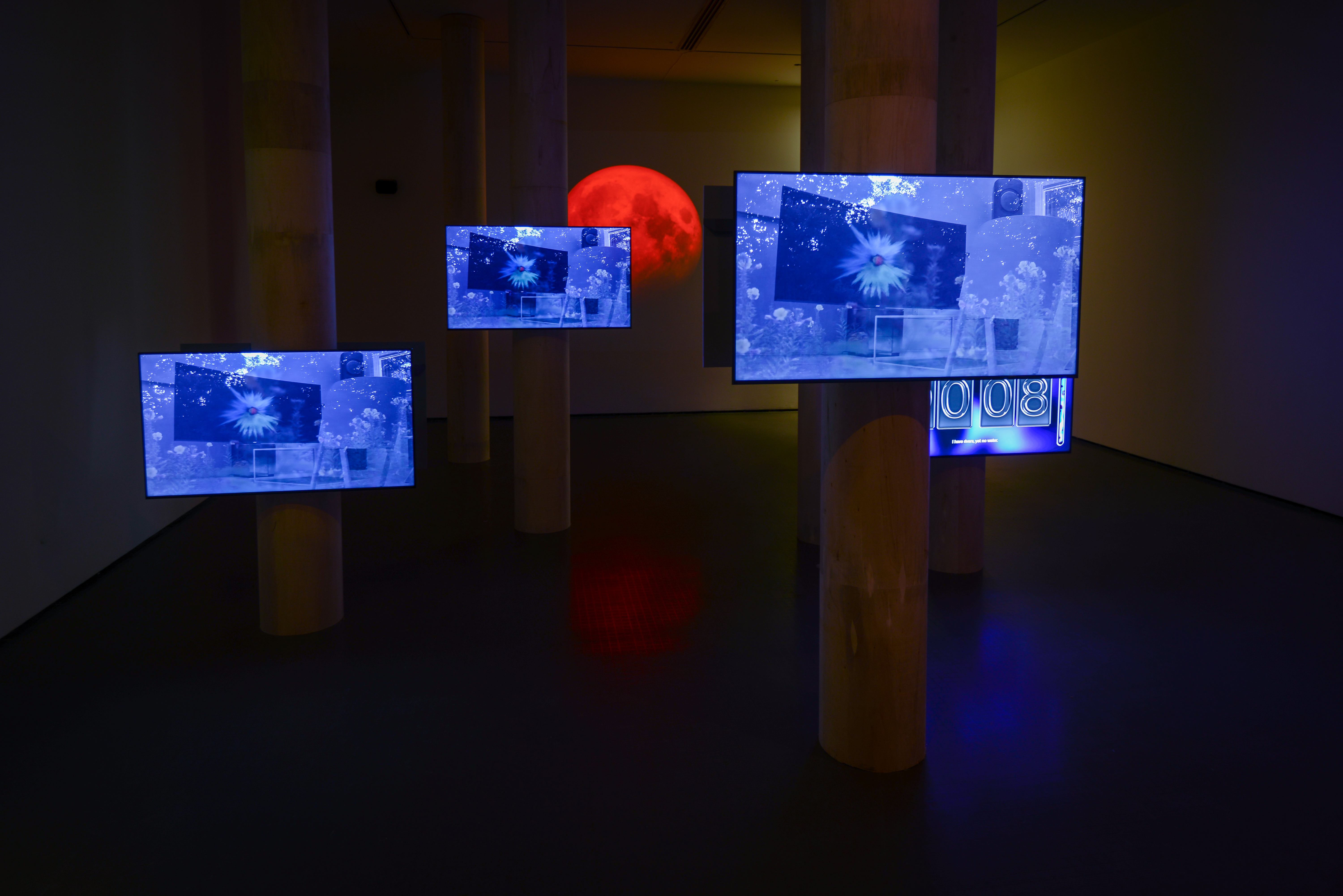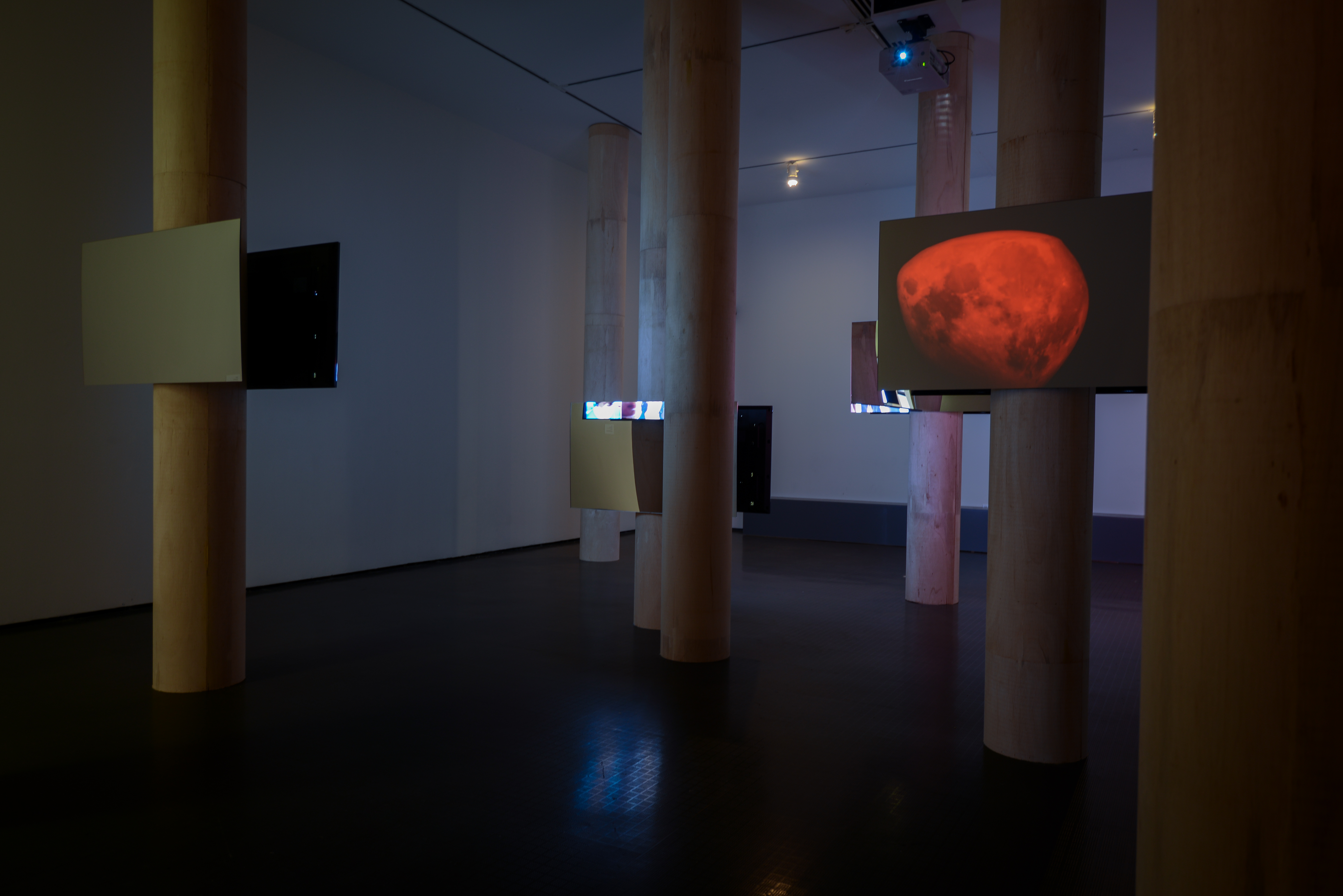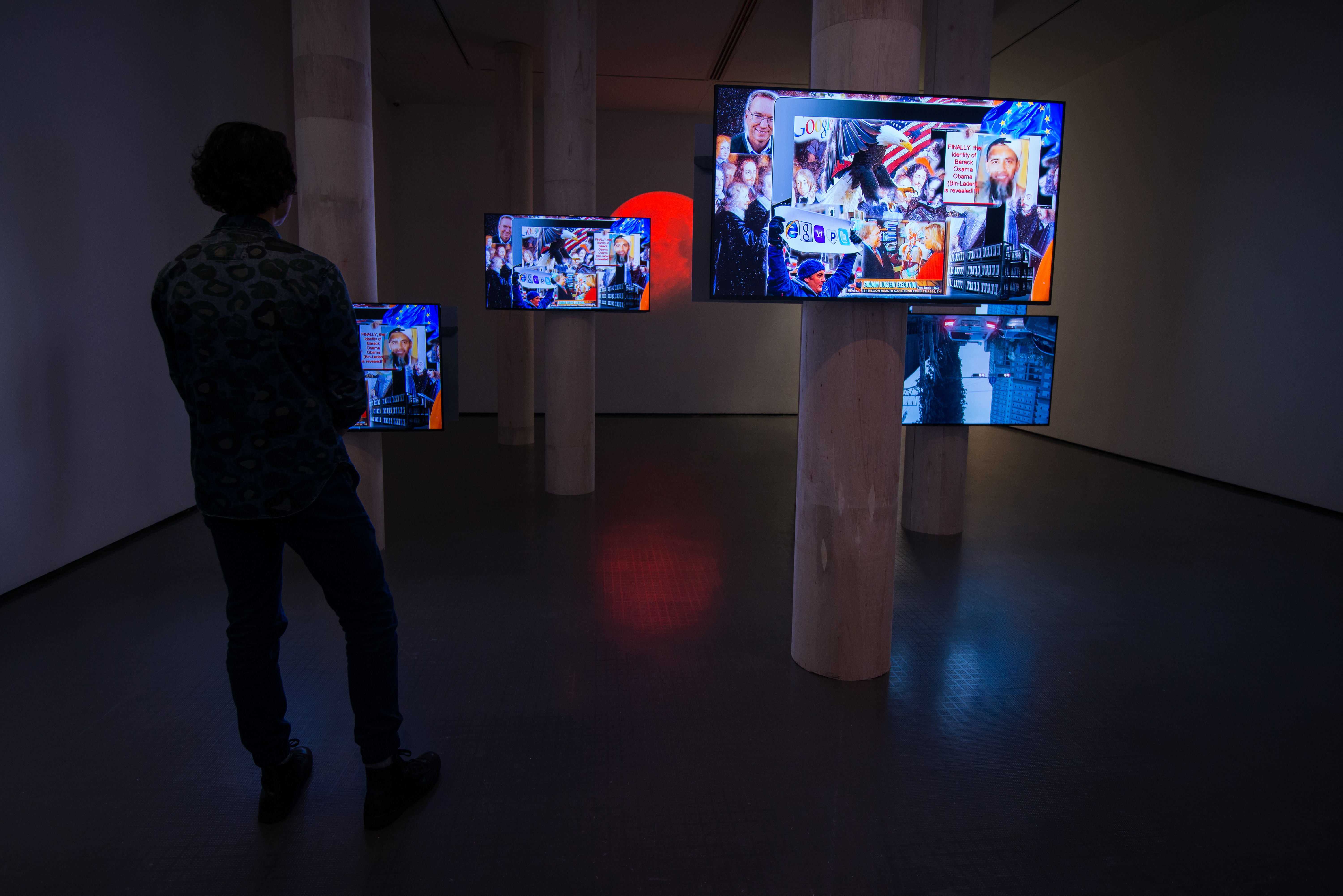
Metahaven: The Sprawl, installation view, Yerba Buena Center for the Arts, 2015. Photos: Charlie Villyard. Courtesy Yerba Buena Center for the Arts.
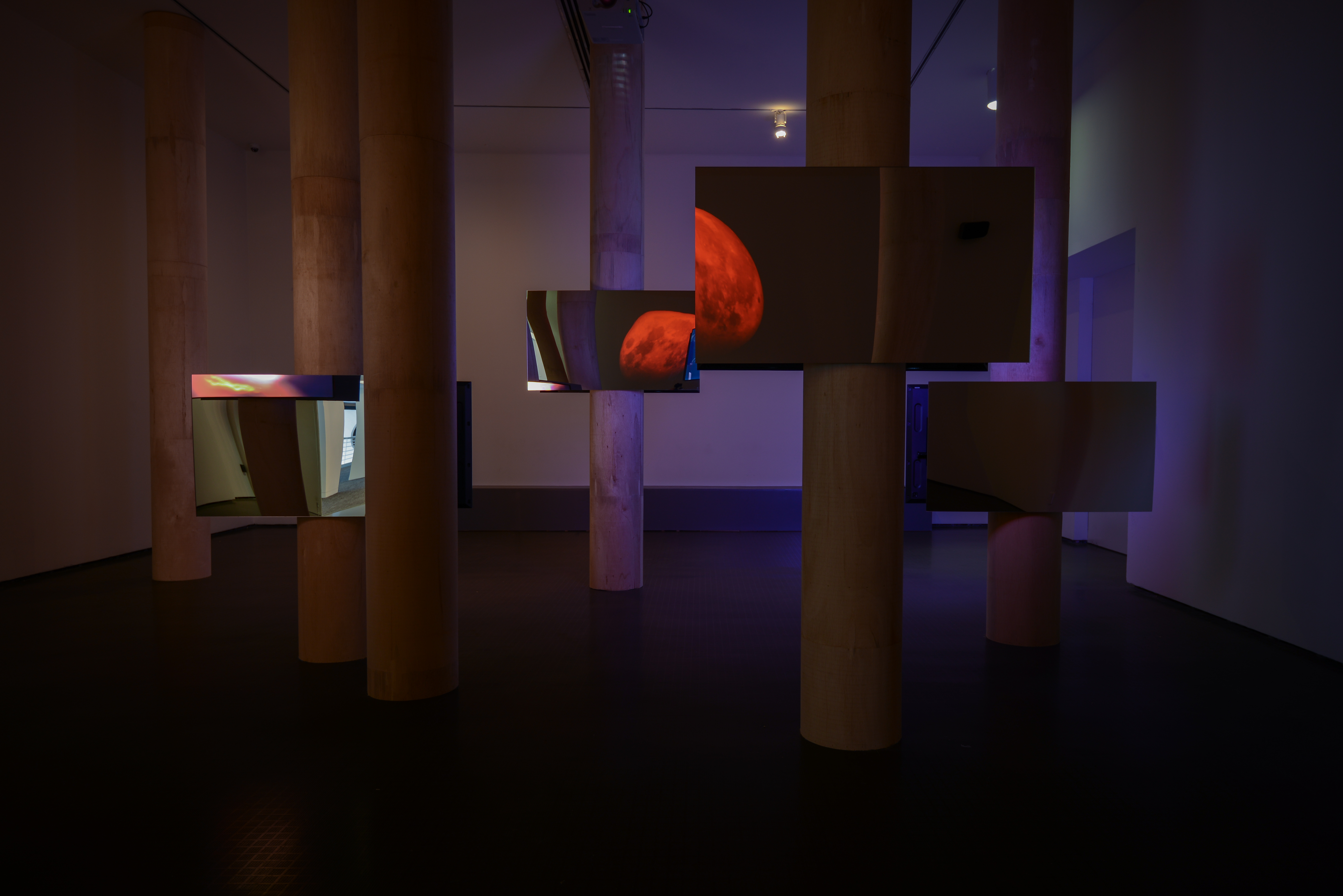
Metahaven: The Sprawl, installation view, Yerba Buena Center for the Arts, 2015. Photos: Charlie Villyard. Courtesy Yerba Buena Center for the Arts.
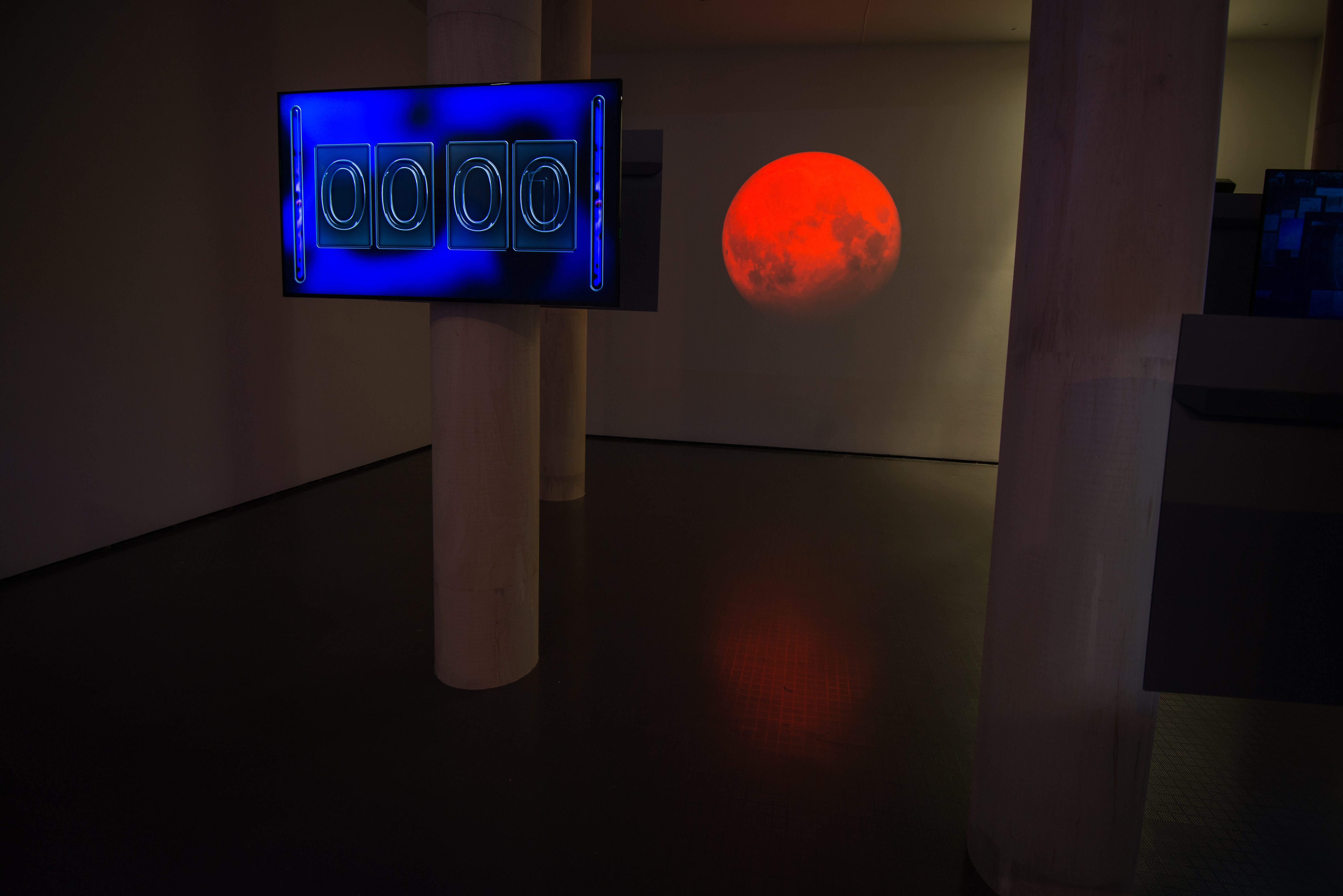
Metahaven: The Sprawl, installation view, Yerba Buena Center for the Arts, 2015. Photos: Charlie Villyard. Courtesy Yerba Buena Center for the Arts.
Metahaven: The Sprawl
- VENUE Yerba Buena Center for the Arts
- LOCATION San Francisco, CA
- DATES December 18, 2015 - April 3, 2016
- URL ybca.org
- BROCHURE cecimoss.com
Description:
The Amsterdam-based design and research studio Metahaven uses graphic design, identity branding, and product development as means to negotiate the imagery and aesthetics surrounding existing commercial and political power structures. Kruk and van der Velden have described their practice as “speculative design,” where design is “a tool used to inquire, to research, to anticipate — an instrument to imagine.” In their hands, design is a means of knowledge production, and thus carries significant potential for social and political change.
For this exhibition at YBCA, Metahaven debuts the first gallery presentation of its new film project The Sprawl, commissioned by the Lighthouse and the Space. The project explores the mutation of propaganda in the age of social media, with a particular focus on how the diffuse, networked circulation of messages through these channels affects how we read, interpret, and understand events. The project centers on recent communications through the Internet and traditional news media regarding the Ebola outbreak, the conflict between the Ukraine and Russia, and the rise of the Islamic State (IS). Unlike previous eras, where the state continuously enforced one propagandistic message to the public, these three crises reveal how propaganda now exists within a horizontal field of instantaneous, multiple messages. Presented both online as a series of short films distributed across various platforms, and in the gallery as a multichannel video installation, The Sprawl exists in a dispersed format in order to occupy the same space as its subjects, in essence becoming, as Metahaven describes it, “propaganda about propaganda.”
At once a documentary, an art film, and a music video (with an original soundtrack by the electronic musician Kuedo), The Sprawl follows haphazard juxtapositions of online material, incorporating found footage, popular videos, staged interludes, and interviews with theorists, writers, and activists such as Benjamin H. Bratton, Monalisa Gharavi, and Peter Pomerantsev. Parsed into several looped video clips on large flatscreens affixed to custom structures around the gallery, the installation invites visitors to inhabit this cacophonous theater.

